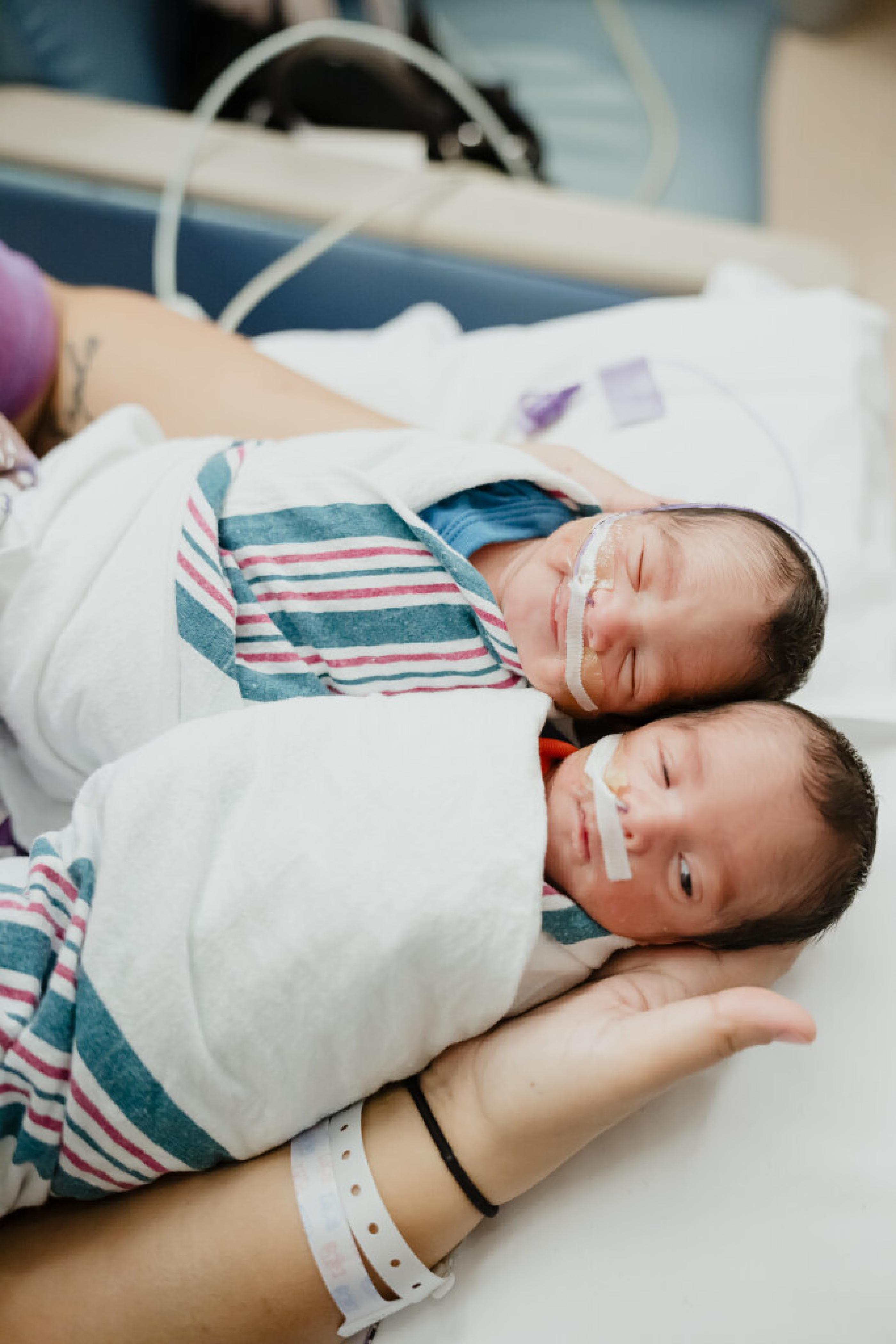A new specialty for a new generation
As medical specialties go, fetal care is one of the newest, only about 40 years old. It’s also one of the fastest growing, giving an entire generation of babies the chance to be born and grow up healthy.
Dr. Crombleholme, one of its true pioneers, gets much of the credit. Beyond his surgical skills, he’s dedicated his career to building fetal care programs in the U.S., training select teams to take up this specialty.
Connecticut Children’s Fetal Care Center is the latest. It’s the only fetal care center of its kind in the Northeast, and already a national destination for high-risk pregnancies.
Unlike many other fetal care programs in the U.S., it’s equipped for the full range of fetal care procedures, including open surgeries for conditions like spina bifida. And it’s known for expertly shepherding families through a crucial time. Make no mistake: While high-tech interventions often grab the spotlight, there are so many other aspects of good fetal care — like gathering all the right information and experts, and preparing everyone from parents to hospital teams for what’s ahead.
When Kaelyn and Reynard arrived at the Fetal Care Center, they were craving that kind of all-around support. Kaelyn, in particular, was craving information — lots and lots of information.
“I ask a lot of questions. But the more I know and the more I ask, I start to feel better,” Kaelyn says. With the babies’ health on the line, plus her own health as a mom to their 7-year-old daughter, every detail mattered.
To her relief, the Fetal Care team agreed.
“They answered every question I had, never made me feel bad about anything,” says Kaelyn. “These are people who you feel like you’ve known your whole life, but you’ve only just met them.”
“We’re going to help you get answers — and not in separate appointments with separate specialists,” says Jennifer Humphrey, MSN, RN, who is often a family’s first and most frequent point of contact. “We coordinate it so it’s one appointment with our team, so you get answers in one day and you’re not waiting for a call back or getting results you don’t understand. We want to make it a positive experience in a scary time.”
>Related: Pregnant with twins? Here are 5 questions to ask your doctor.





